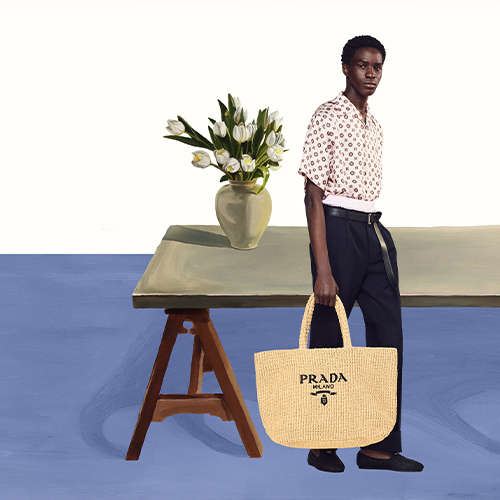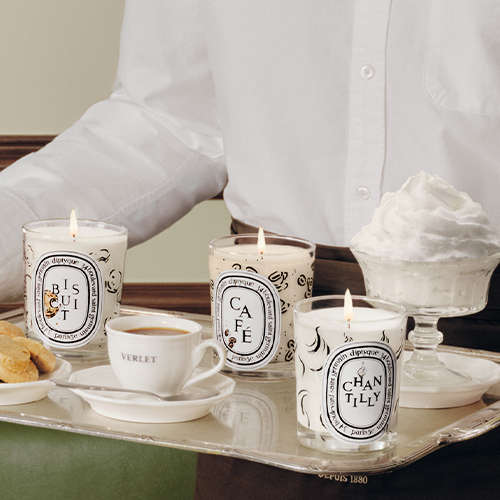- Australia / AUD $
- Canada / CAD $
- China / CNY ¥
- France / EUR €
- Germany / EUR €
- Hong Kong SAR China / HKD $
- Ireland / EUR €
- Italy / EUR €
- Japan / YEN ¥
- Kuwait / USD $
- Macao SAR China / HKD $
- Netherlands / EUR €
- Qatar / USD $
- Saudi Arabia / USD $
- Singapore / SGD $
- South Korea / KRW ₩
- Spain / EUR €
- Taiwan / TWD $
- United Arab Emirates / USD $
- United Kingdom / GBP £
- United States / USD $
- Not yours? Read more
Tell us what you think
Shop in your local currency and language
You are currently in Germany DE / EUR € store
- English
- English
- English
- English
- English
- English
- English
- English
- English
- English
- English
- English
- English
- English
- English
- English
- English
- English
- English
- English
- English
Did you know that we deliver to 130 countries or regions and offer a range of delivery options to suit you wherever you are in the world? Find out more
Sign up once to our Selfridges+ service and you can enjoy unlimited deliveries wherever you are in the world. FIND OUT MORE
International delivery
With almost everything on selfridges.com available for International Delivery, you can send your order to 130 countries or regions around the world, including North America, Australia, the Middle East and China.
Although we only offer 20 currencies to browse in online, you can still deliver to all of the following countries or regions:
- Algeria
- Andorra
- Antigua and Barbuda
- Aruba
- Australia
- Austria
- Azerbaijan
- Bahrain
- Bangladesh
- Barbados
- Belarus
- Belgium
- Belize
- Bermuda
- Bolivia
- Botswana
- Brunei
- Bulgaria
- Cambodia
- Canada
- Cayman Islands
- Chile
- China
- Colombia
- Costa Rica
- Croatia
- Cyprus
- Czech Republic
- Denmark
- Dominica
- Dominican Republic
- Ecuador
- Egypt
- El Salvador
- Estonia
- Finland
- France
- French Guiana
- Germany
- Gibraltar
- Greece
- Grenada
- Guadeloupe
- Guatemala
- Guernsey
- Guyana
- Honduras
- Hong Kong
- Hungary
- Iceland
- India
- Indonesia
- Ireland
- Israel
- Italy
- Jamaica
- Japan
- Jersey
- Jordan
- Kazakhstan
- Kenya
- Kuwait
- Laos
- Latvia
- Lebanon
- Lesotho
- Liechtenstein
- Lithuania
- Luxembourg
- Macau
- Malaysia
- Maldives
- Malta
- Martinique
- Mayotte
- Mexico
- Monaco
- Montserrat
- Morocco
- Myanmar
- Namibia
- Netherlands
- New Zealand
- Nicaragua
- Nigeria
- Norway
- Oman
- Pakistan
- Panama
- Paraguay
- Peru
- Philippines
- Poland
- Portugal
- Puerto Rico
- Qatar
- Reunion
- Romania
- Rwanda
- Saint Kitts and Nevis
- Saint Lucia
- Saint Martin (French part)
- San Marino
- Saudi Arabia
- Serbia
- Singapore
- Slovakia
- Slovenia
- South Africa
- South Korea
- Spain
- Sri Lanka
- Suriname
- Swaziland
- Sweden
- Switzerland
- Taiwan
- Tanzania
- Thailand
- Trinidad and Tobago
- Turkey
- Uganda
- Ukraine
- United Arab Emirates
- United Kingdom
- United States
- Uruguay
- Venezuela
- Vietnam
Behind the scenes of The New Order windows
Over 130,000 people walk past our Oxford Street windows every day, but how many of them know the story behind the displays? Here, we take a peek behind the scenes of the windows for our new creative campaign, The New Order.
The future starts here
Our design team starts concepting the windows about four months before they are revealed to the public. From exhibition trips to hours of visual research on art and design trends, the team seeks inspiration from all corners of the creative world. “The New Order is all about digital art and technology enabling the future of fashion, so we came up with the idea of creating otherworldly, dystopian and utopian landscapes into which this season’s latest drops have crash-landed,” says Bobbie Tree, Windows Design Manager.
A virtual world
The New Order windows merge the physical and digital worlds more than ever before via screens featuring 3D-animated worlds.
“By using digital art in the windows, we’re engaging with the rise of the New Aesthetic, which is the visual language of digital technology and a reflection of our information-saturated age,” says Lea Sorli – Creative Researcher at Selfridges and DIGI-GAL member (a network and platform for womxn 3D designers) – who created the animations in collaboration with the windows design team and Motion Graphic Designer Christina Worner.
For the first time in Selfridges’ window history, digitally rendered products will be directly shoppable from the windows - launching soon. “We picked the items we would have used to dress the mannequins, and sent them to Cat Taylor [the founder of DIGI-GAL] who 3D-scanned them and created digitally rendered versions, which are displayed in the windows via screens,” says Emily Outhwaite, Assistant Styling Manager.
Top: Nita Suri - bag / Marc Jcobs - bag. Bottom: Bao Bao Issey Miyake - bag
From chaos, creation
The windows go into production between eight and 10 weeks prior to launch. This starts with material research and sourcing, briefing craftsmen and prop specialists, site and build visits, and finally the install.
“We commissioned Charlie Whinney – an Eco-Artist specialising in wood steam bending – to create a bespoke sculpture. The wood comes from an ash tree that has been bent into a beautiful curved installation, using the ancient woodworking technique,” says Amy Fox, Production Manager.
“London Mouldmakers created casts of real rocks for our dystopian crash-landing scenes. Even though they are produced using bright-coloured pigments, it’s still important that they look like real rocks – it’s all about the attention to detail,” adds Amy.
“We are continually seeking out more sustainable materials to use in the windows. We’ve worked with recently graduated Artist Charlotte Kidger, who develops new materials and furniture from industrial waste, giving it a new life.”
“The installation of the windows happens over six to eight nights, with 20 to 30 people working each night to complete the build. When the display comes to an end, we work with charities such as New Life to re-use and recycle everything so little is sent to landfill,” explains Amy.
A window to the future
With retail and technology evolving at break-neck speed, how is window design changing?
”Windows used to be an advertising tool for products, but customers expect more now,” says Emily. “We’ve moved away from using traditional mannequins; instead focusing on alternative fashion forms and innovative new ways to showcase products. Our aim is to create captivating scenes that are more like art pieces in their own right; something that will make somebody want to stop and take a photo. Of course, digital mediums are allowing us to bring the windows to life more than ever. For the future, the potential for holograms and live interactive digital experiences opens up a whole new world of possibility.”














